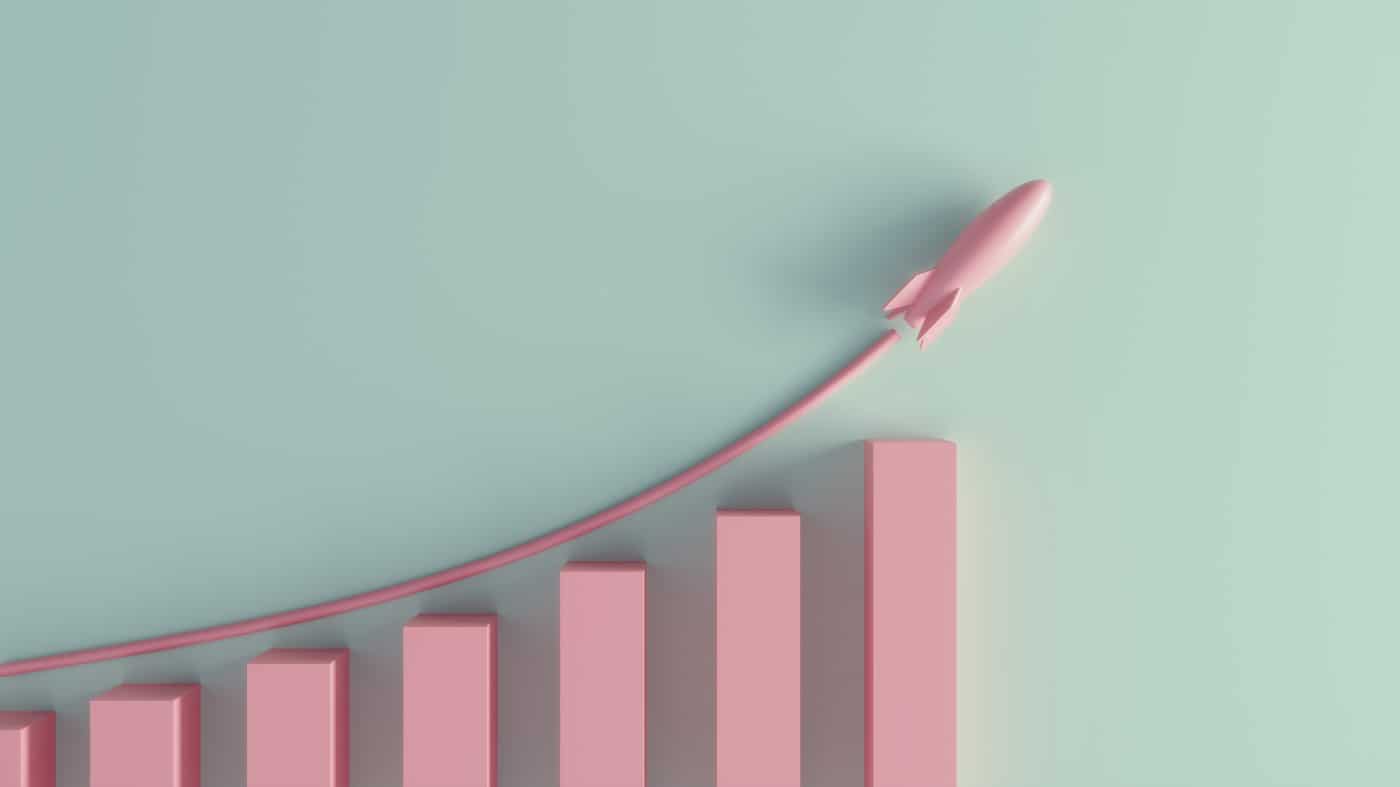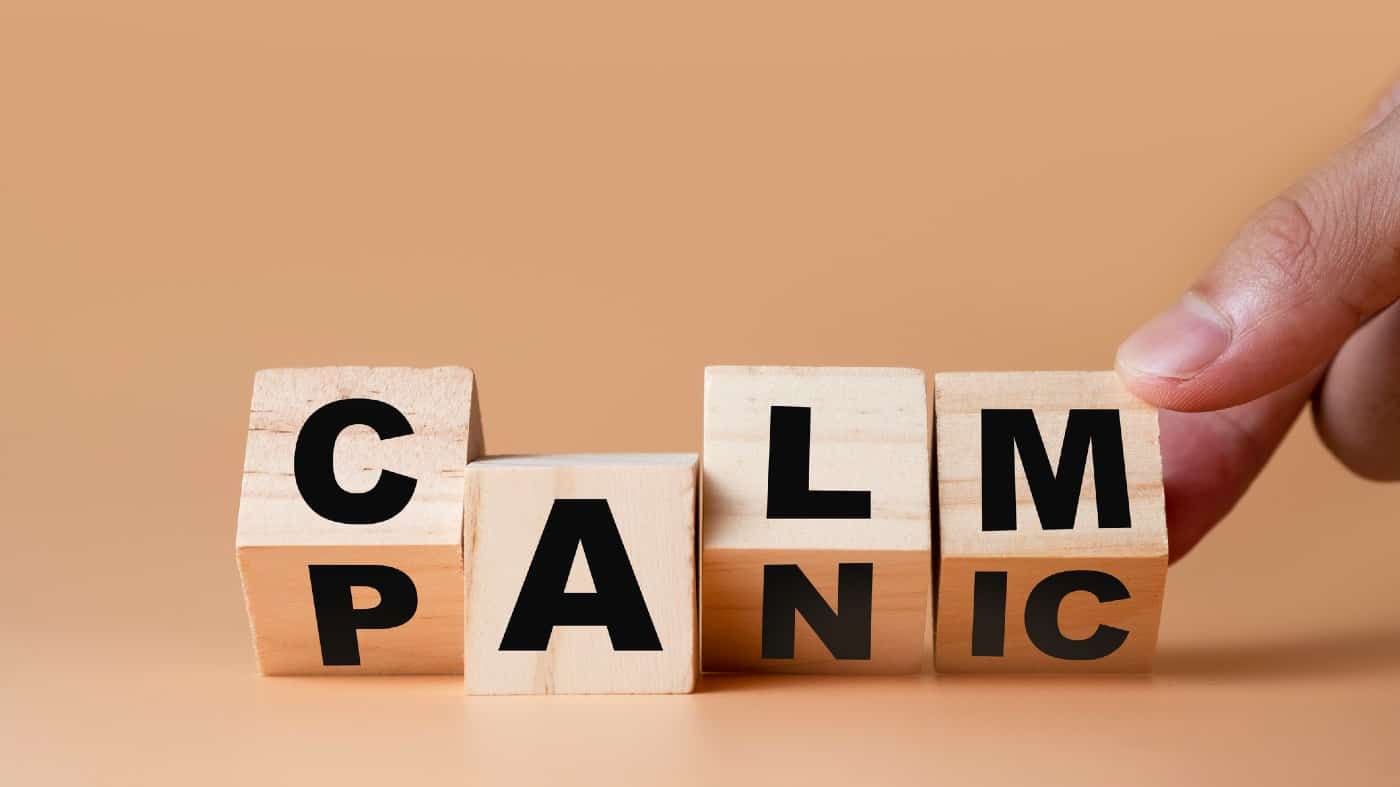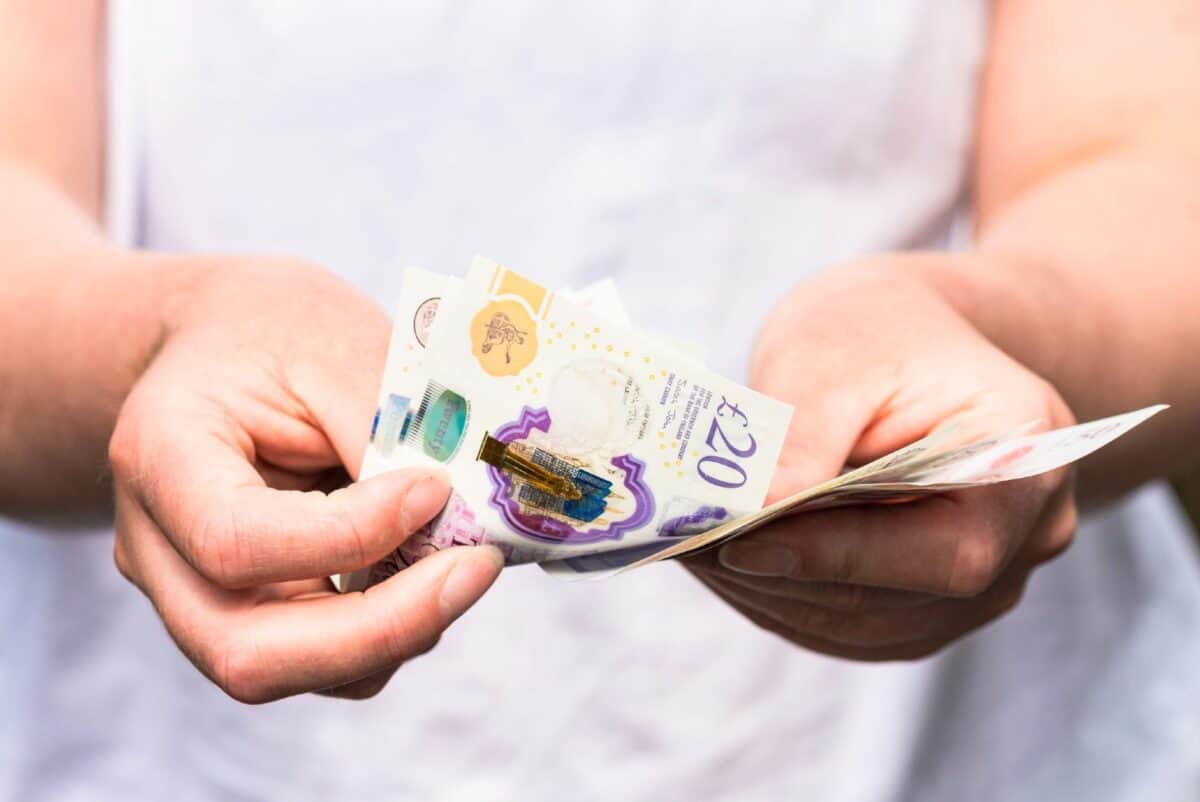Image source: Getty Images
Aviva (LSE: AV) shares are part of my high-yield portfolio, designed to generate significant income from dividends.
Is it undervalued?
Theoretically, they look cheap too. Again theoretically, this means there is less chance of them markedly dropping in price over a prolonged period, erasing my dividend gains.
Currently, they trade on the key price-to-earnings (P/E) measure of share valuation at only 12.4.
This compares to the average 18.9 P/E of its peers, although that figure includes one with an even lower P/E. They comprise Hiscox at 7.6, Prudential at 14.5, Admiral at 22.8, and Legal & General at 30.7.
A discounted cash flow analysis shows the shares to be 42% undervalued at their present £4.87 price. So a fair value for the stock would be £8.40, although it may go higher or lower.
The £5 barrier remains intact
The problem for me from the price perspective is that the shares have repeatedly struggled to breach the £5 level. In fact, the last time they closed decisively above that point was 29 June 2018!
Even the £300m share buyback announced on 7 March has failed to spur a break through the £5 barrier. Such programmes tend to support share price gains.
Moreover, a resurgence in the cost of living could cause customers to cancel their policies, weighing on the shares’ valuation. Declining margins in the event of increased competition in the sector could do the same.
Good dividend yields
Yet I continue to hold the stock because it provides me with a good rate of return on my investment.
In 2023, the firm paid a dividend of 33.4p. On the current share price of £4.87, this gives a yield of 6.9%.
So, for each £1,000 invested in it, £69 in dividend payments would be made each year. Over 10 years, provided the yield averaged the same, an additional £690 in dividends would be generated.
And after 30 years on the same basis, the figure would have increased to £2,070 to add to the initial £1,000 investment.
Reinvesting dividends to boost returns
That said, much greater returns can be made by reinvesting the dividends back into the shares. This is called ‘dividend compounding’ and is the same principle as leaving interest untouched in a bank account to grow.
For example, £1,000 left for 10 years in 6.9%-yielding Aviva shares with the dividends reinvested would make an additional £990 rather than £690.
After 30 years of doing this, £1,000 would have generated another £6,878 instead of £2,070! The total investment pot of £7,878 would make £544 a year in passive income.
Will I keep the shares?
This rate of return is just about sufficient for me to keep my holding in Aviva. I say ‘just about’ because 7% is the minimum I require from my high-yielding shares.
This is because the ‘risk-free rate’ (the 10-year UK government bond yield) is over 4% and shares are not risk-free.
The rest of my high-yield portfolio averages well over a 9% dividend return.
That said, analysts estimate that Aviva’s yield is set to rise in the coming year to 8.7%, which will make me a lot happier.
I also think there is every justification for its share price to rise over time, but I am not banking on it!
Credit: Source link













